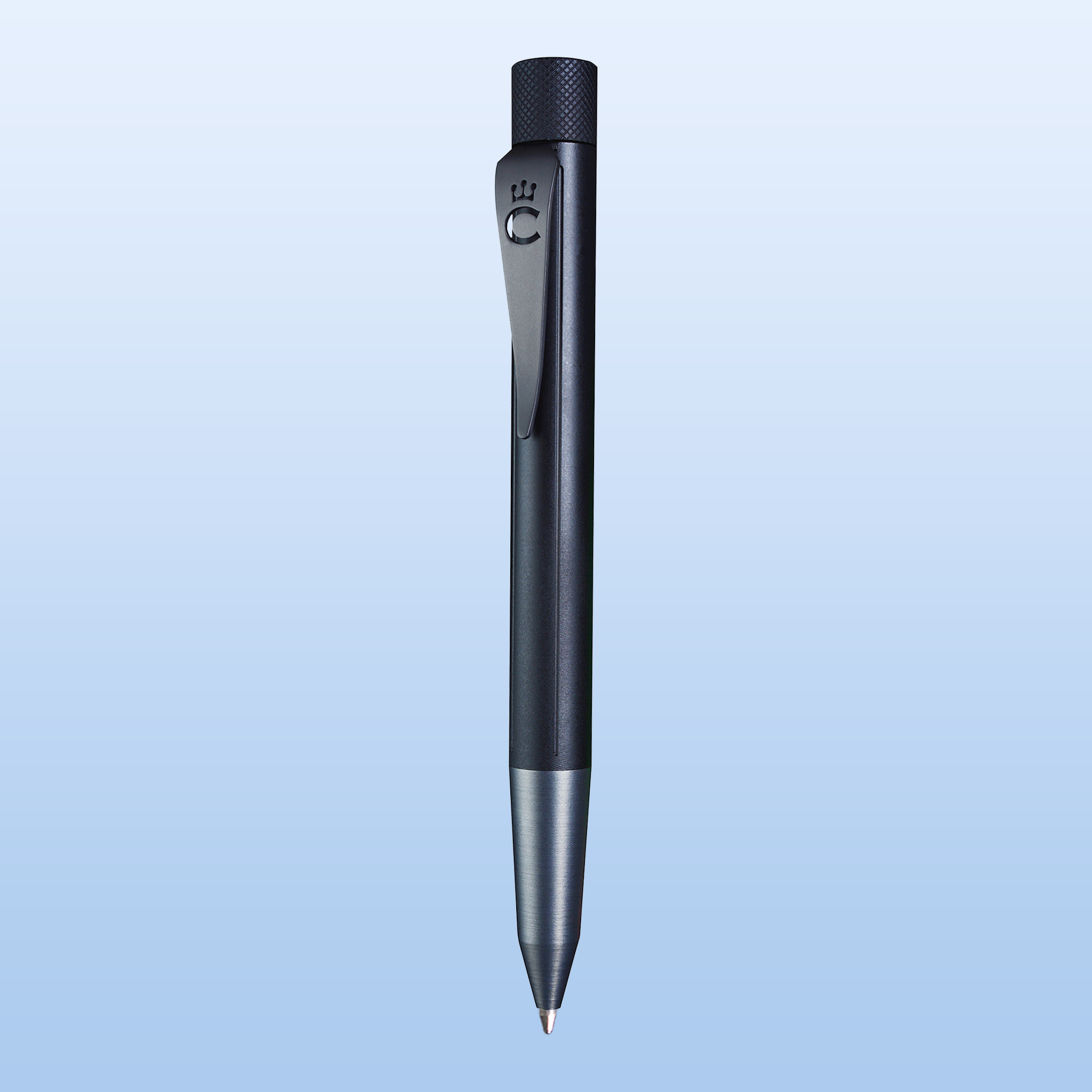Guide to Haiku Poetry
- Introduction to Haiku Poetry
- History of Haiku
- Characteristics of Haiku
- Structure of Haiku
- Themes in Haiku
- Famous Haiku Poets
- Examples of Haiku Poems
- Conclusion
1. Introduction to Haiku Poetry
Haiku is a traditional form of Japanese poetry renowned for its simplicity and depth. Originally, haiku were known as hokku and were the opening stanza of a collaborative linked-verse poem called renga. Over time, the hokku gained popularity as an independent form of poetry, and the name was changed to haiku.
Haiku is characterized by its brevity and its ability to evoke a deep sense of the natural world and human experience in a few words. Haiku often capture a moment in time, a fleeting emotion, or the beauty of nature.
2. History of Haiku
The history of haiku can be traced back to the 17th century in Japan. Matsuo Bashō, Yosa Buson, and Kobayashi Issa are among the most famous haiku poets of the Edo period. Haiku gained popularity in the West in the 20th century, influencing poets such as Ezra Pound and Jack Kerouac.
Haiku evolved from the earlier Japanese poetic form known as tanka, which consists of five lines with a syllable pattern of 5-7-5-7-7. The hokku, which later became known as haiku, was originally the opening stanza of a collaborative linked-verse poem called renga.
3. Characteristics of Haiku
Haiku poetry is characterized by several key features:
- Brevity: Haiku are short poems, typically composed of just three lines.
- Simplicity: Haiku use simple language to convey complex emotions and ideas.
- Seasonal Reference: Kigo, or seasonal words, are often included to set the poem in a particular season.
- Cutting Word: A kireji, or cutting word, is used in traditional haiku to create a juxtaposition between the two parts of the poem.
- Observational: Haiku often focus on nature, capturing a moment or feeling in a simple, yet profound way.
4. Structure of Haiku
Haiku follow a strict structural form:
- Three Lines: Haiku consist of three lines with a syllable pattern of 5-7-5.
- Syllable Pattern: The first line has 5 syllables, the second line has 7 syllables, and the third line has 5 syllables.
5. Themes in Haiku
Haiku often focus on themes such as:
- Nature: Haiku frequently describe the natural world, including landscapes, animals, and weather.
- Seasons: Kigo, or seasonal words, are commonly used in haiku to evoke a particular season or time of year.
- Everyday life: Haiku often capture ordinary moments or experiences from everyday life.
- Emotions: Haiku can convey a wide range of emotions, from joy and wonder to sadness and longing.
6. Famous Haiku Poets
Several poets are renowned for their contributions to the haiku tradition, including:
- Matsuo Bashō (1644-1694): Considered the master of haiku, Bashō's works are fundamental to the genre. His haiku are known for their simplicity, depth, and spiritual insight.
- Yosa Buson (1716-1783): A poet and painter, Buson's haiku are known for their visual imagery and vivid descriptions of nature.
- Kobayashi Issa (1763-1828): Issa's haiku often incorporate humor and compassion, as well as a deep sense of empathy for all living creatures.
7. Examples of Haiku Poems
Here are some examples of classic haiku poems:
-
An old silent pond...
A frog jumps into the pond—
Splash! Silence again.- Matsuo Bashō
-
From time to time
The clouds give rest
To the moon-beholders.- Matsuo Bashō
-
In the cicada's cry
No sign can foretell
How soon it must die.- Matsuo Bashō
-
The light of a candle
Is transferred to another candle—
Spring twilight- Yosa Buson
-
Winter seclusion -
Listening, that evening,
To the rain in the mountain.- Kobayashi Issa
-
First autumn morning:
the mirror I stare into
shows my father's face.- Kobayashi Issa
8. Conclusion
Haiku poetry continues to inspire poets around the world with its simplicity, depth, and beauty. By capturing fleeting moments and emotions, haiku provide a glimpse into the essence of life and nature. Whether written in Japanese or translated into other languages, the power of haiku lies in its ability to evoke powerful imagery and emotions in just a few words. Haiku remains an enduring literary form, cherished for its ability to capture the beauty and complexity of the world in all its simplicity.









